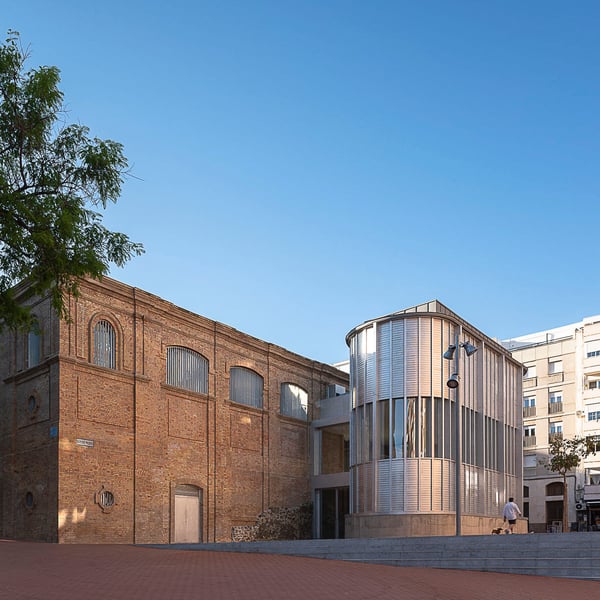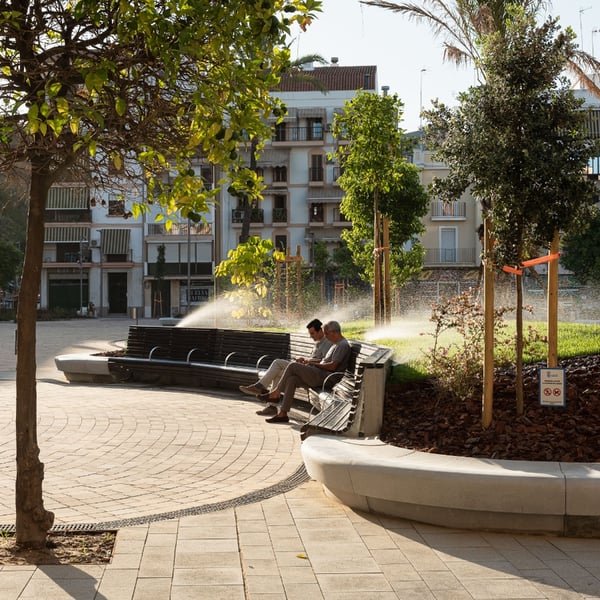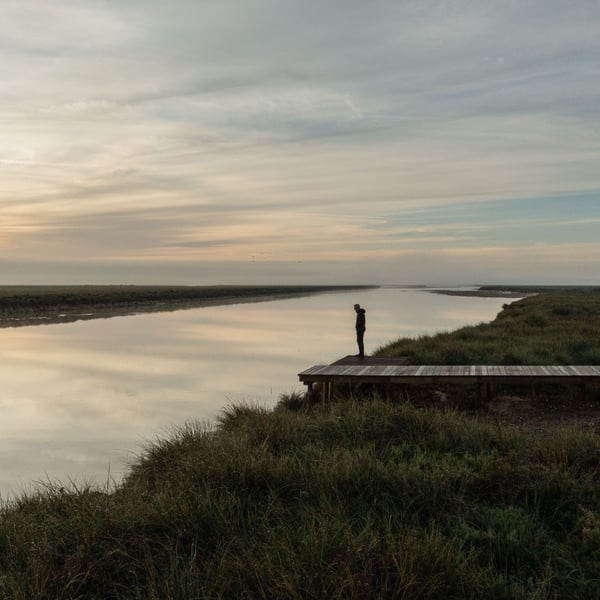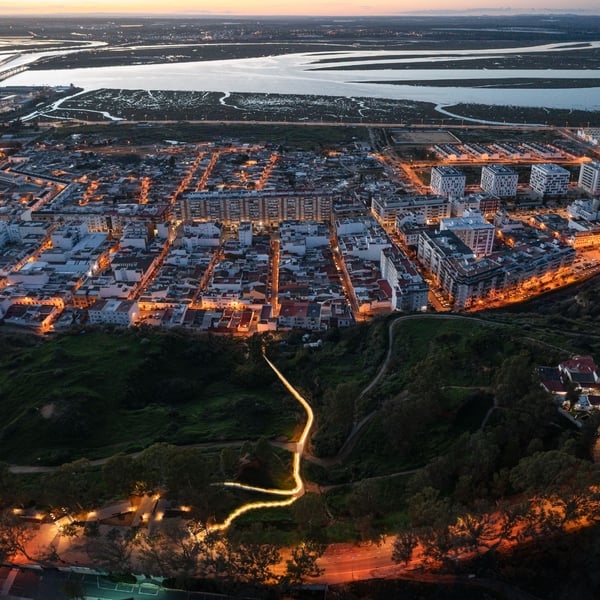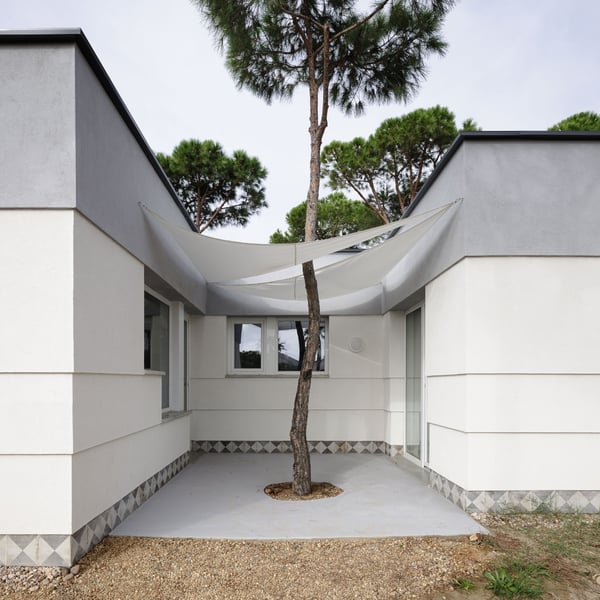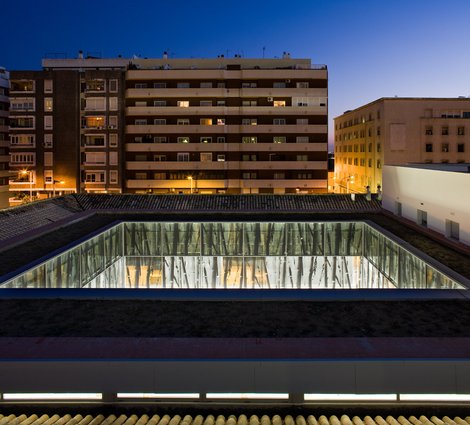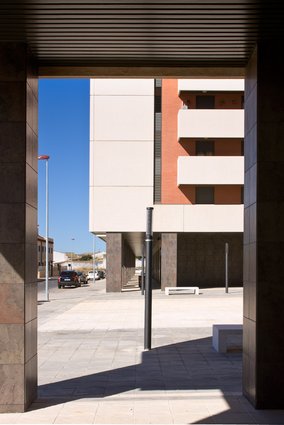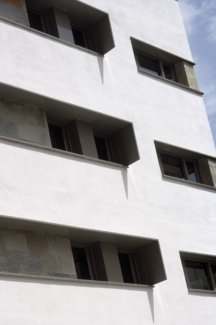.
Architecture
 Ref: 9625_01
Ref: 9625_01  Ref: 9625_02
Ref: 9625_02  Ref: 9625_03
Ref: 9625_03  Ref: 9625_04
Ref: 9625_04  Ref: 9625_05
Ref: 9625_05  Ref: 9625_06
Ref: 9625_06  Ref: 9625_07
Ref: 9625_07  Ref: 9625_08
Ref: 9625_08  Ref: 9625_09
Ref: 9625_09  Ref: 9625_10
Ref: 9625_10  Ref: 9625_11
Ref: 9625_11  Ref: 9625_12
Ref: 9625_12  Ref: 9625_13
Ref: 9625_13  Ref: 9625_14
Ref: 9625_14  Ref: 9625_15
Ref: 9625_15  Ref: 9625_16
Ref: 9625_16  Ref: 9625_17
Ref: 9625_17  Ref: 9625_18
Ref: 9625_18  Ref: 9625_19
Ref: 9625_19  Ref: 9625_20
Ref: 9625_20  Ref: 9625_21
Ref: 9625_21  Ref: 9625_22
Ref: 9625_22  Ref: 9625_23
Ref: 9625_23  Ref: 9625_24
Ref: 9625_24  Ref: 9625_25
Ref: 9625_25  Ref: 9625_26
Ref: 9625_26  Ref: 9625_27
Ref: 9625_27  Ref: 9625_28
Ref: 9625_28  Ref: 9625_29
Ref: 9625_29  Ref: 9625_30
Ref: 9625_30  Ref: 9625_31
Ref: 9625_31  Ref: 9625_32
Ref: 9625_32  Ref: 9625_33
Ref: 9625_33  Ref: 9625_34
Ref: 9625_34  Ref: 9625_35
Ref: 9625_35  Ref: 9625_36
Ref: 9625_36  Ref: 9625_37
Ref: 9625_37  Ref: 9625_38
Ref: 9625_38  Ref: 9625_39
Ref: 9625_39  Ref: 9625_40
Ref: 9625_40  Ref: 9625_41
Ref: 9625_41  Ref: 9625_42
Ref: 9625_42  Ref: 9625_43
Ref: 9625_43  Ref: 9625_44
Ref: 9625_44  Ref: 9625_45
Ref: 9625_45  Ref: 9625_46
Ref: 9625_46  Ref: 9625_47
Ref: 9625_47  Ref: 9625_48
Ref: 9625_48  Ref: 9625_49
Ref: 9625_49  Ref: 9625_50
Ref: 9625_50  Ref: 9625_51
Ref: 9625_51  Ref: 9625_52
Ref: 9625_52  Ref: 9625_53
Ref: 9625_53  Ref: 9625_54
Ref: 9625_54 Architects
Marqués Vilaplana, Francisco / Rubio Marín, Luis / Daza Fernández, Rosalino - Arq. técnico
Promoter
Agencia Pública Andaluza de Educación
Builder
Díaz Cubero empresa constructora S.A.
Collaborators
Alberto Aragón Martín. (Arquitecto)
Jaime Fernández Rosa. (Arquitecto)
Cumen. (Mortero de cal)
Prevencoor S.L. (Coordinación de Seguridad y Salud)
Miguel Sibón Roldán. (Instalaciones)
Tedeco S.L. (Estructura)
Viveros Olimpia / Terrenna. (Jardinería y paisajismo)
Documents
DOCUMENTACIONIESLARABIDA.pdfThe La Rábida Institute (1932), designed by architect José María Pérez Carasa, has been subjected to a long list of partial, unconnected reforms since its inception, which have led to the loss of clarity and coherence of its internal structure. To reverse this situation, the project interprets from a present time those attributes (typological and spatial) that characterized its original layout, avoiding in the process both a stratigraphic reading of the new intervention and mimetic, anachronistic approximations. The building is composed of a series of juxtaposed volumes - which vary according to the program they were intended to house - arranged around a powerful axis of symmetry. In its original state, this fact resulted in a clear spatial differentiation between the strictly educational use, facing the large interior courtyard, and those of a more public nature (main hall, auditorium, chapel, library and administration), concentrated in the head. Subsequent interventions would deviate from this logic, making the functioning of the centre increasingly confusing, so one of the first project decisions will be to recover the coherence between spatial and functional structure. Another fundamental issue has been to improve the relationship between the classroom building and the outside spaces. The intervention carried out in the seventies blocked the gallery and blocked the existing exit, forcing long and tortuous routes to access the playground. In response to this situation, two complementary operations are proposed: to generate an access in the extension building and to build a new staircase in front of it (in the volume previously occupied by the toilets) linked to the central courtyard. This action also allows light and ventilation to be introduced into a section of the gallery that until now was residual, reinforcing its continuity. The high degree of deterioration of the central courtyard, the backbone of the classroom building, meant that it was no longer used as a recreational area for students. Its recovery is proposed as an opportunity to expand its possibilities of use, making it entirely passable and incorporating a fountain-bench in the most densely wooded area. On the other hand, there is evidence to suggest that the perimeter gallery was not originally closed, which has led to reducing the presence of the new carpentry to a minimum in order to enhance its cloister-like condition, an intermediate space between the garden and the classrooms. Ventilation is resolved by means of a system of slats in the upper area, thus allowing the vegetation and the fountain to collaborate in controlling the humidity and temperature conditions inside. The semi-basement floor, labyrinthine and dark, was the result of numerous partial interventions developed over the years. The new layout reorganises it completely, insisting on the axial layout of the rest of the floors. The two side entrances (Siurot and Terrades) are connected through an internal street, resolving the difference in height between them through gentle ramps. In this way, the permeability and accessibility of the building is guaranteed. The building to be rehabilitated, with a constructed area of approximately 7,500 m2, houses a heterogeneous programme that must adapt as naturally as possible to countless spatial and constructive singularities. To prevent the intervention from becoming a succession of unconnected episodes, we defined a clear constructive syntax: once a reduced palette of materials has been established, a series of rules are set that determine how to articulate the encounter between the different elements, which allows us to respond to diverse (and unforeseen) situations in a specific way within a relationship of continuity. This choice is dictated both by the need to attend to environmental and functional requirements (resistance, maintenance, luminosity, acoustics, etc.) in a pragmatic way, and by the desire to make the renovated interior resonate with the material memory of the building: with the templated bricks of the façade, the mouldings of the pillars, the natural stone and terrazzo, as well as the imposing trees in the courtyard. The new gym helps to organise the exterior spaces, acting as an articulation between the IES la Rábida, the neighbouring IES Diego Guzmán de Quesada, and the different areas of the playground. The material and compositional solution of the façades establishes a dialogue with the existing building while claiming autonomy from the contemporaneity of its language. The layout of the new development recognises the axis that articulates the institute, using curved geometries (a compositional resource present in various episodes of the building: flowerbeds in the main courtyard, stairs, tower) to enhance the continuity between interior and exterior, between the old and the new. In this way, it is also possible to achieve to unify the various areas that make up the garden, providing the whole with a cohesion that it had previously lacked.
Rehabilitation of the old Santa Fe market
Huelva
Remodelling and pedestrianisation of Plaza de la Merced. Huelva
Huelva
Centro de Neurología Avanzada
Huelva
Wrapping the marsh. Landscape itinerary around the north estuary of the Odiel river.
Huelva
Landscape adaptation on the cornice and slopes of El Conquero
Huelva
Casa Milano
Huelva
Headquarters of Public Employment Office in Huelva
Huelva
Refurbishment of the Huelva Judicial Seat
Huelva
Housing, Warehouse and Parking Space in Marisma del Polvorín
Huelva
Block of Flats, Garages and Business Premises
Huelva
